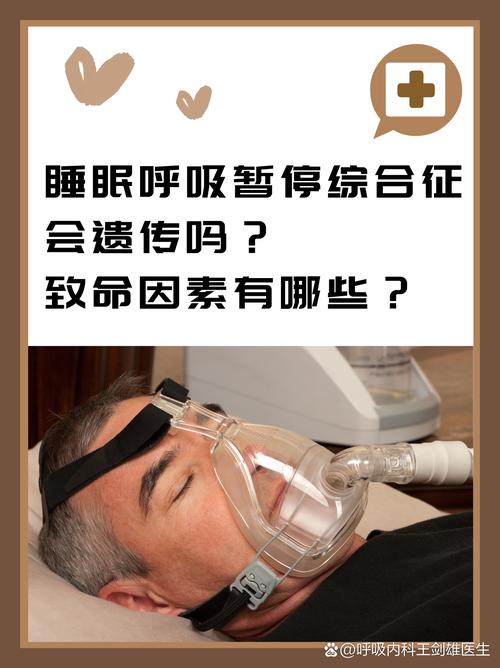Understanding Obstructive Sleep Apnea (OSA)
Obstructive Sleep Apnea (OSA) is a common sleep disorder that affects millions of people worldwide. It is characterized by repeated episodes of partial or complete obstruction of the upper airway during sleep, leading to disruptions in breathing and decreased oxygen levels in the blood. This condition can have severe consequences on your health and well-being, and it is crucial to understand its implications and treatment options.
Diagnosis of OSA
Diagnosing OSA involves a combination of clinical assessment, physical examination, and sleep studies. Your healthcare provider will ask about your symptoms, medical history, and family history. They may also perform a physical examination to check for signs of OSA, such as a large tongue, small jaw, or a deviated septum.

One of the most common diagnostic tools for OSA is the polysomnogram (PSG), which is a sleep study that records various physiological parameters during sleep. The PSG can detect the presence of apneas (pauses in breathing) and hypopneas (reductions in airflow), as well as the duration and severity of these events. Another diagnostic tool is the home sleep apnea test (HSAT), which is a less invasive and more convenient option for some patients.
Impact of OSA on Health
OSA can have a significant impact on your health, affecting both your physical and mental well-being. Some of the potential health consequences of OSA include:
| Health Issue | Description |
|---|---|
| Cardiovascular Disease | OSA can increase the risk of hypertension, heart failure, and stroke. |
| Diabetes | OSA can contribute to the development of type 2 diabetes and worsen blood sugar control in people with diabetes. |
| Obesity | OSA can lead to weight gain, as the sleep disturbances associated with the condition can disrupt the regulation of appetite hormones. |
| Depression | OSA can contribute to mood disorders, such as depression, due to the chronic sleep deprivation and stress associated with the condition. |
| Daytime Sleepiness | OSA can cause excessive daytime sleepiness, which can affect your ability to concentrate, perform tasks, and maintain relationships. |
Treatment Options for OSA
Treatment for OSA aims to reduce or eliminate the airway obstruction and improve sleep quality. The most common treatment options include:
Continuous Positive Airway Pressure (CPAP)
CPAP is the most effective treatment for OSA. It involves wearing a mask over your nose or mouth while you sleep, which delivers a continuous stream of air pressure to keep your airway open. CPAP machines come in various sizes and styles, and your healthcare provider can help you find the right one for your needs.

Oral Appliances
Oral appliances are another treatment option for OSA, particularly for patients with mild to moderate OSA. These devices are worn in the mouth during sleep and help to keep the airway open by repositioning the jaw or tongue.
Weight Loss
For some patients, losing weight can help reduce the severity of OSA. Excess weight can contribute to airway obstruction, so losing weight can improve symptoms and potentially eliminate the need for other treatments.
Lifestyle Changes
Making certain lifestyle changes can also help manage OSA. These include avoiding alcohol and sedatives before bedtime, quitting smoking, and maintaining a regular sleep schedule.
Surgery
In some cases, surgery may be recommended to treat OSA. This can involve removing excess tissue from the throat, correcting a deviated septum, or repositioning the jaw. The decision to undergo surgery should be made in consultation with your healthcare provider, considering the potential risks and benefits.
Conclusion
Understanding the diagnosis, impact, and treatment options for OSA is essential for managing this condition effectively. If you suspect you may have OSA, consult with your healthcare provider to discuss the best course of action for your individual needs.
